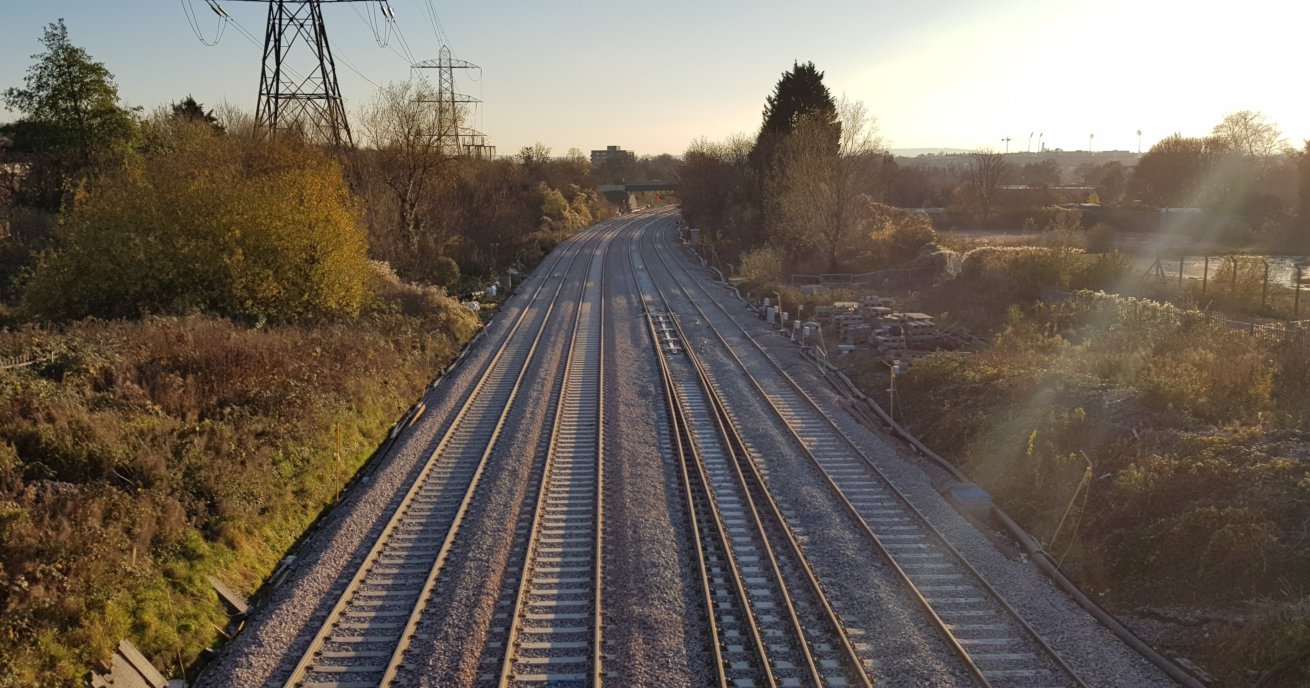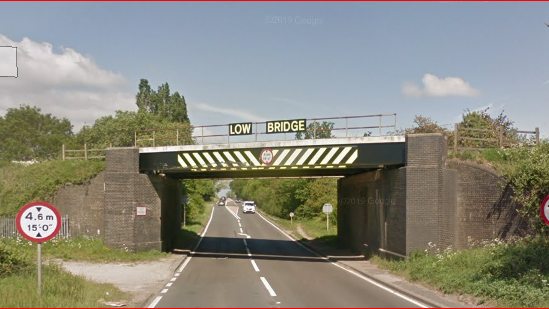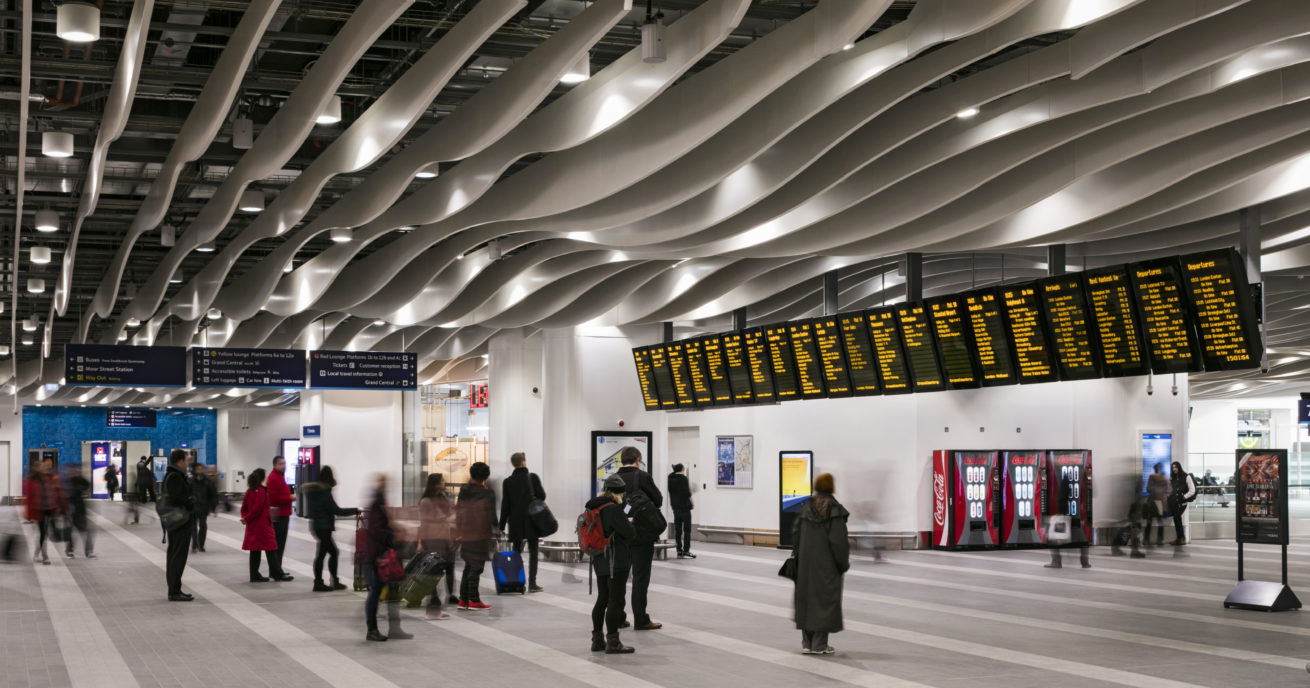What are track circuits? How do they keep the railway safe? And why do they sometimes delay journeys?
A track circuit forms part of the broader signalling system, which comprises many parts to enable trains to move safely around the network.
A track circuit itself is an electrical system that detects the absence of a train on a section of track. This information then helps the signalling system know if it’s safe for another train to proceed.
The broader signalling system also includes systems controlling the railway and operating the timetable; points (movable sections of track) that control the directions trains take and determine what movements are safe, and train protection systems that guard against mistakes by drivers.
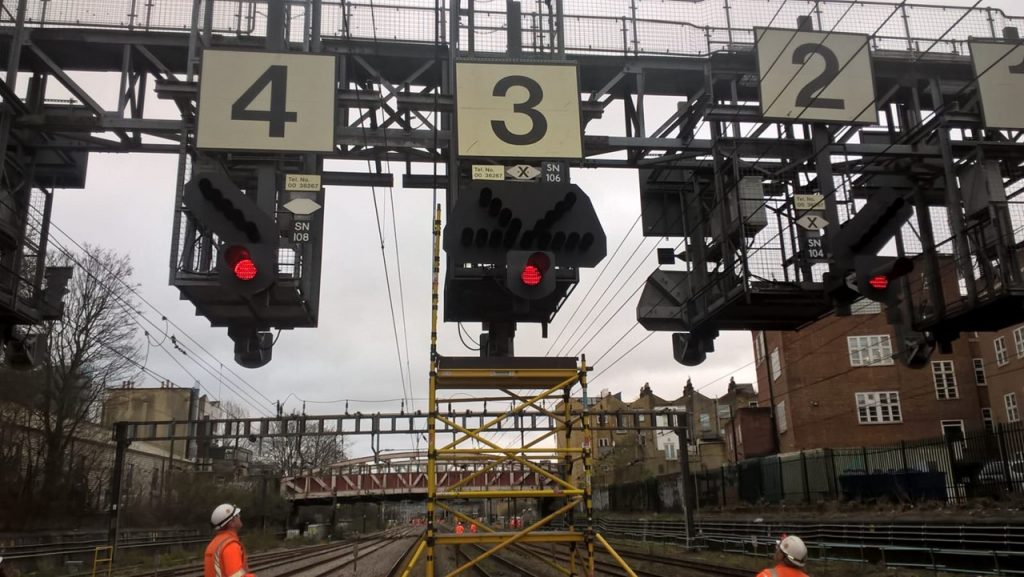
How do track circuits work?
Each section of the railway forms part of an electric circuit, which runs a current from one rail to the other through a relay. We use rails to link a power source at one end of a section with a relay at the other end. When a train runs on a section, it causes the current to bypass the relay, which tells the signalling system there’s a train.
What is a track circuit failure?
A track circuit failure can delay trains because the signalling system is designed to fail to a safe state. Normally, a failed track circuit will act as if a train is present. This results in delays because the system can only allow train movements when it knows it is safe to do so – when the track ahead is clear of other trains.
Potential causes of failures include a broken rail, a blown fuse, faulty electrical parts, cable theft, or a loose connection, all of which form a break in the track circuit.
Meanwhile, flooding, contaminated ballast, or other problems with insulation between the rails can bypass the circuit; crushed leaves or ice on the rails can form an insulating layer that makes the circuit unreliable.
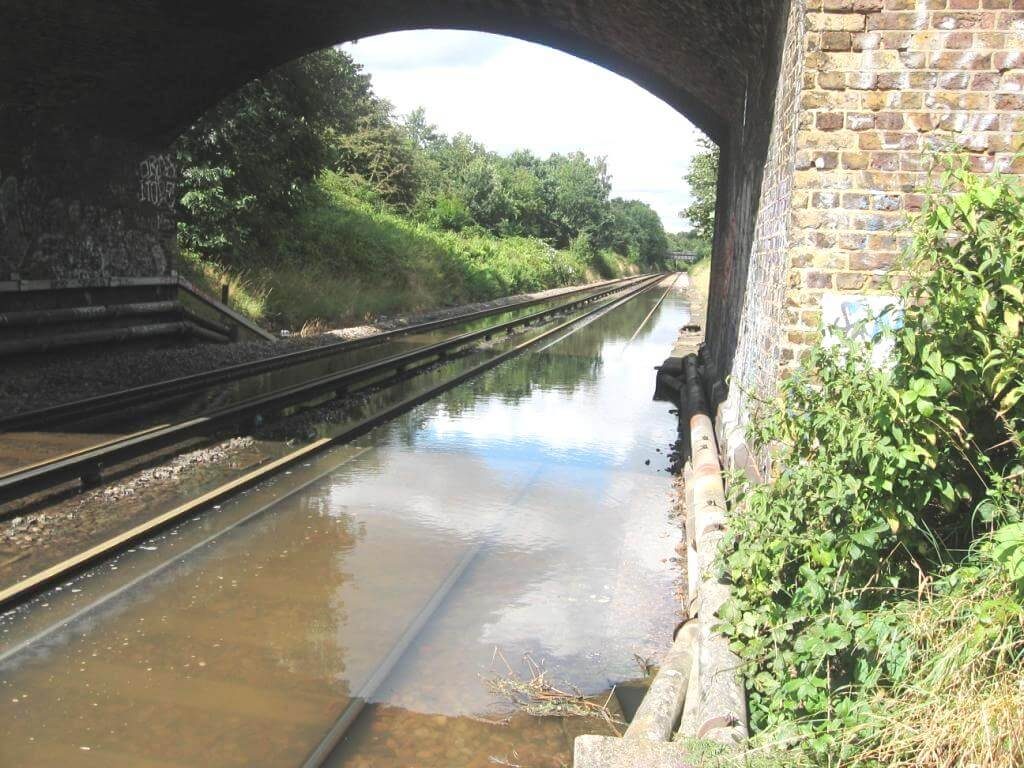
How do we respond?
Usually, we can keep some train services moving following a track circuit failure – by using manual methods to signal trains. However, in such a circumstance the trains must run at a reduced speed in case there is an obstruction.
Typically, when such events happen to the signalling system, the way we deal with them is something like this:
- The signalling system knows there’s a failure
- We send a team of technicians to find out what’s happened
- They locate and identify the problem
- Once they’ve done this, they can repair or replace equipment
- After testing the equipment is working, the fault team clear the area
In the meantime, multiple trains will have been safely stopped at red signals but we do everything we can to get normal train services up and running again.
How cutting-edge track technology is reducing delays for passengers
